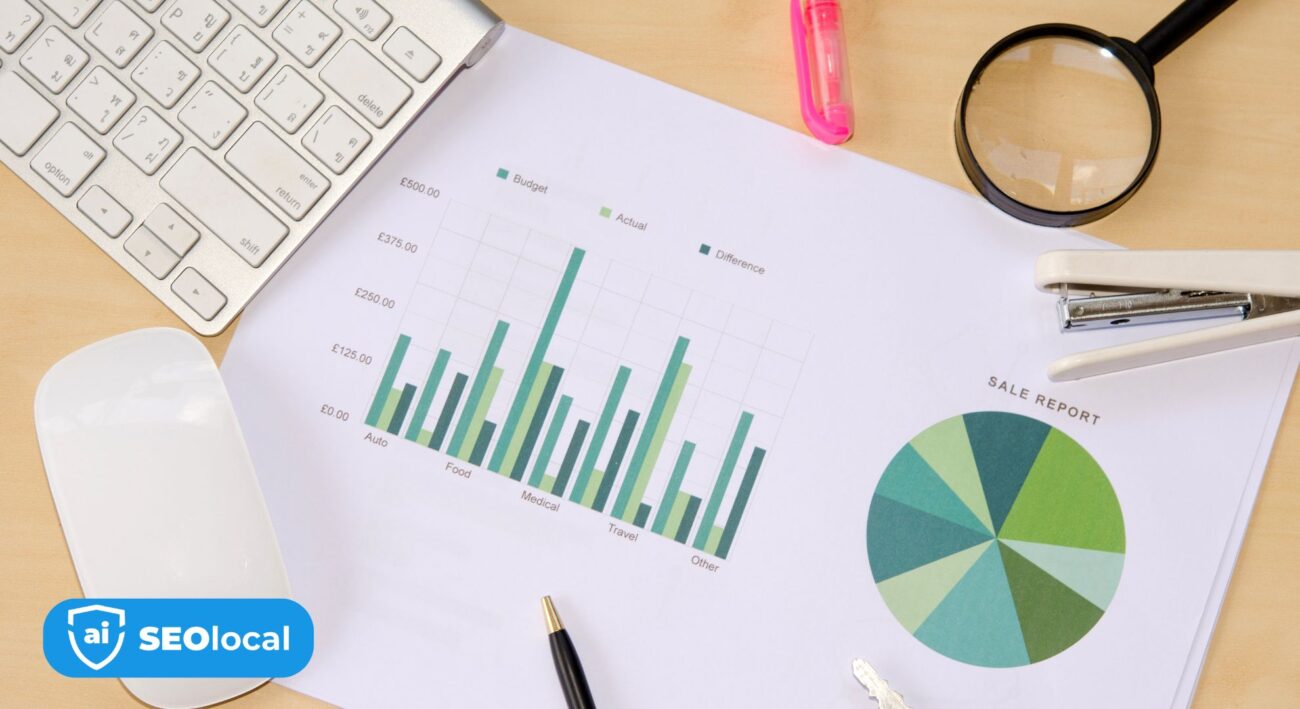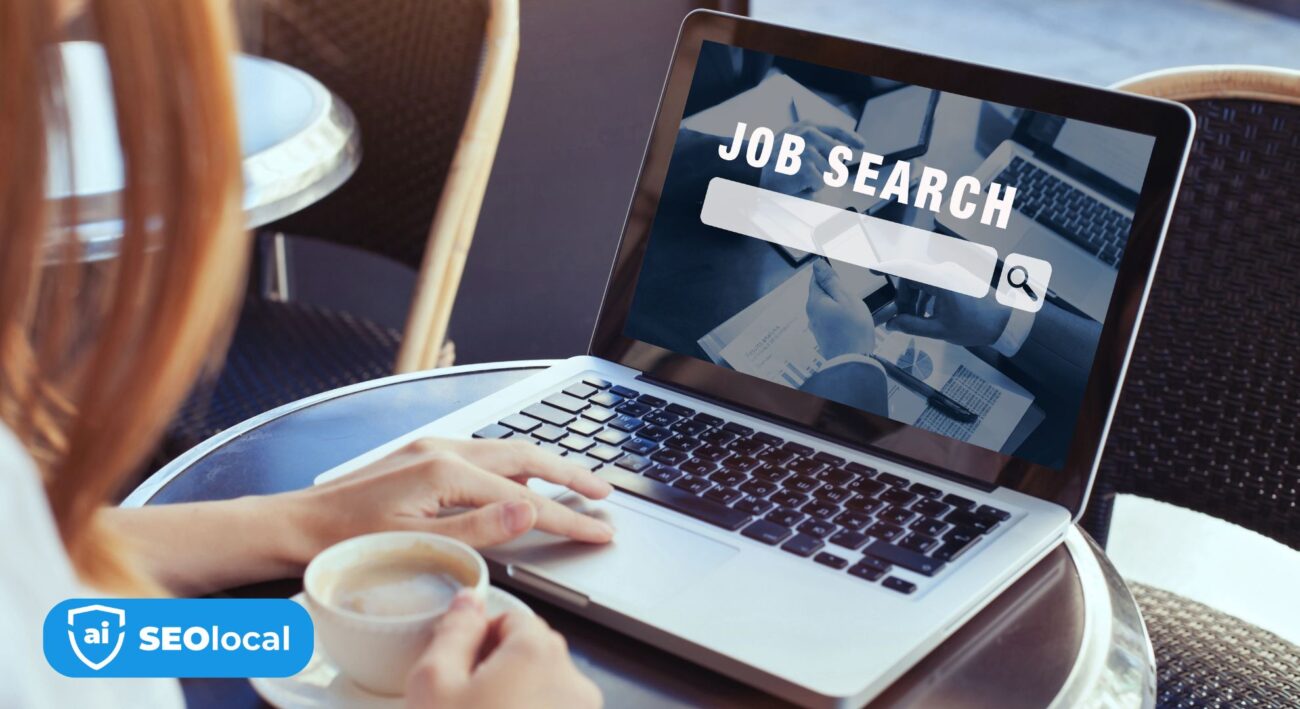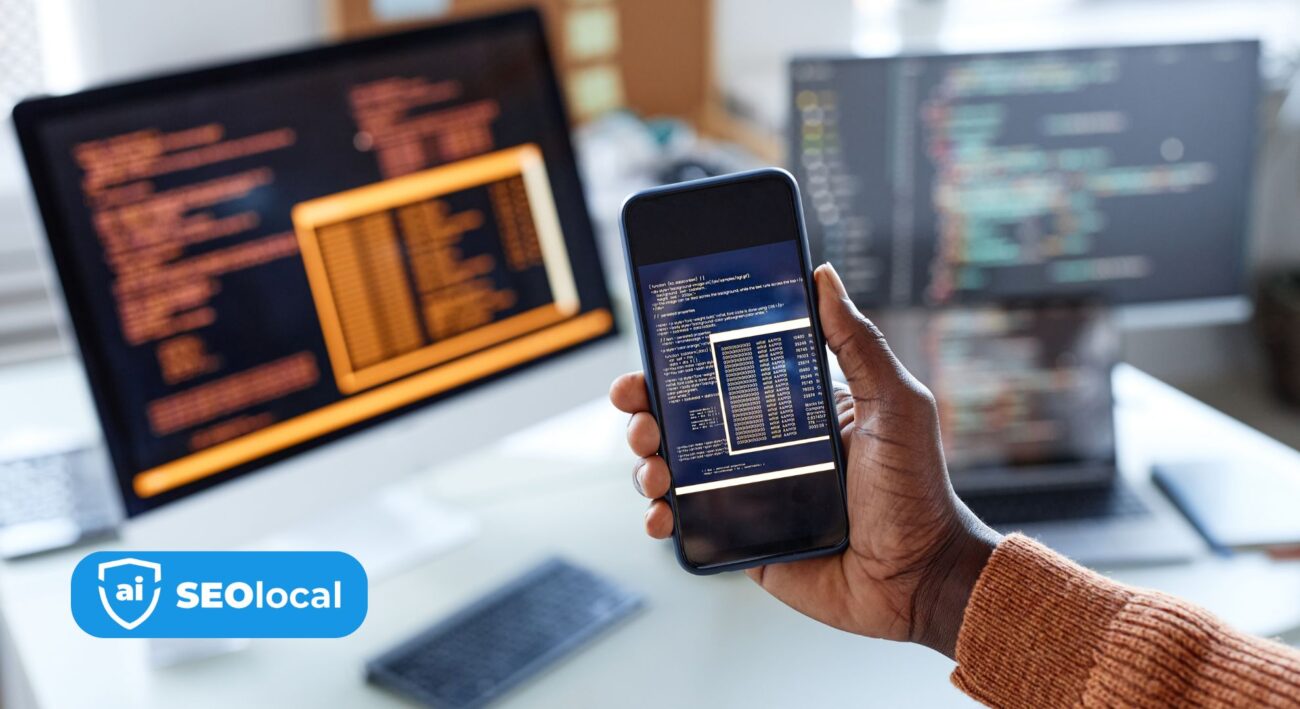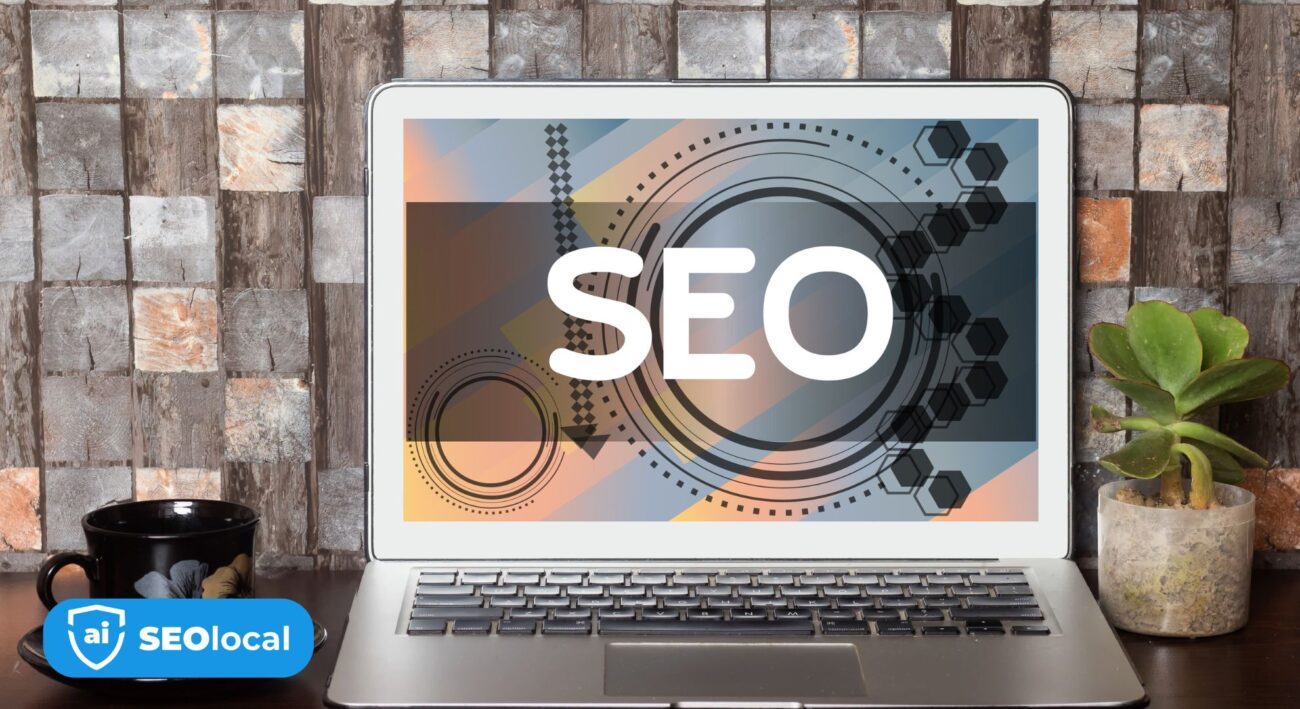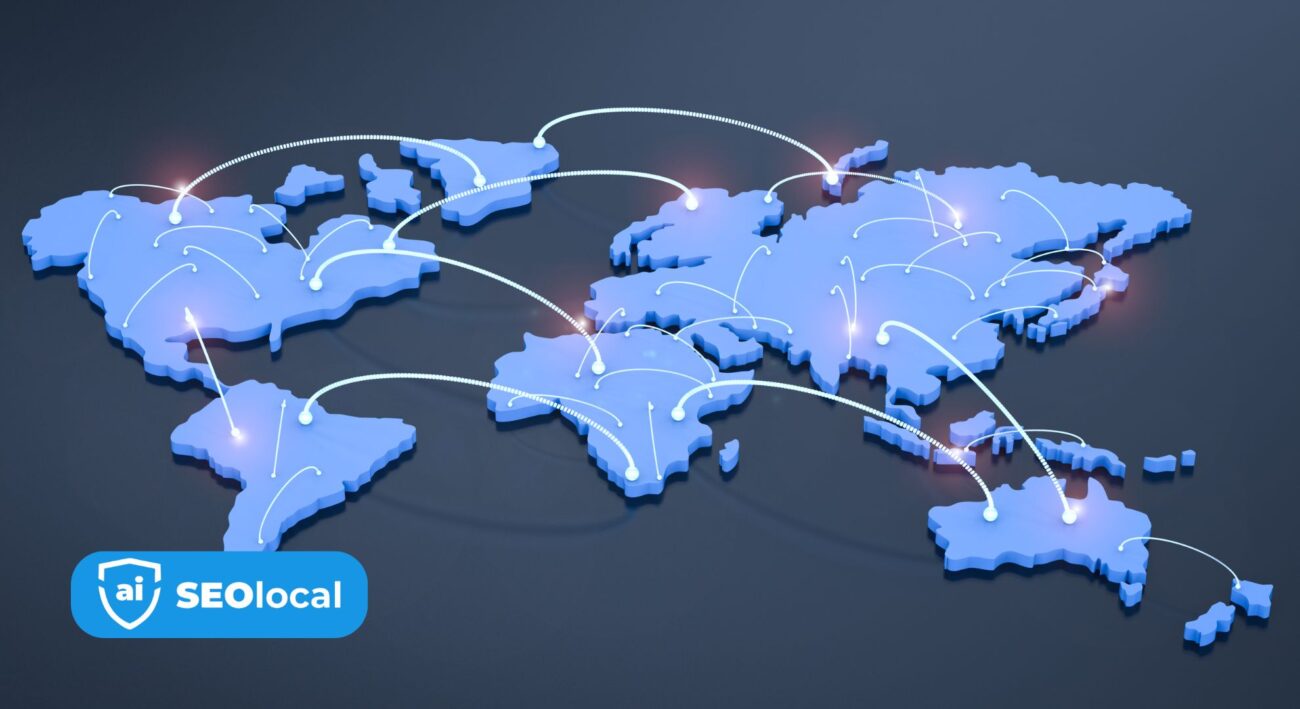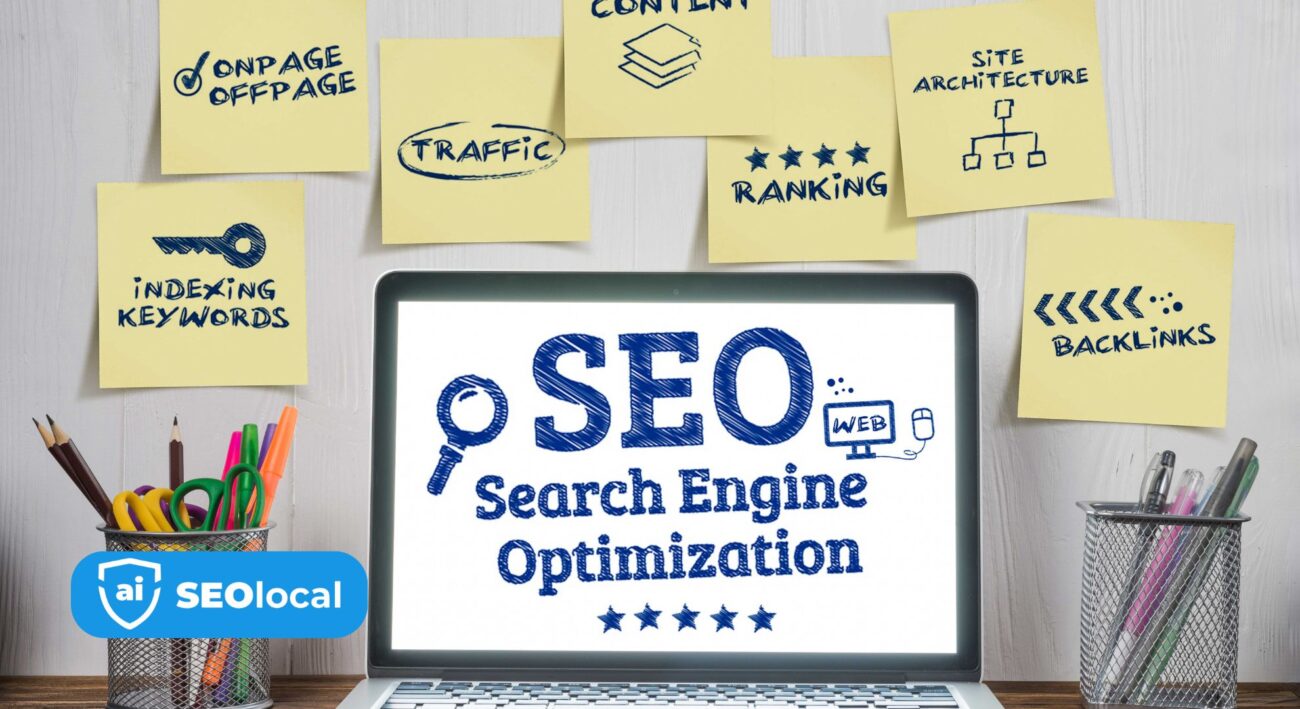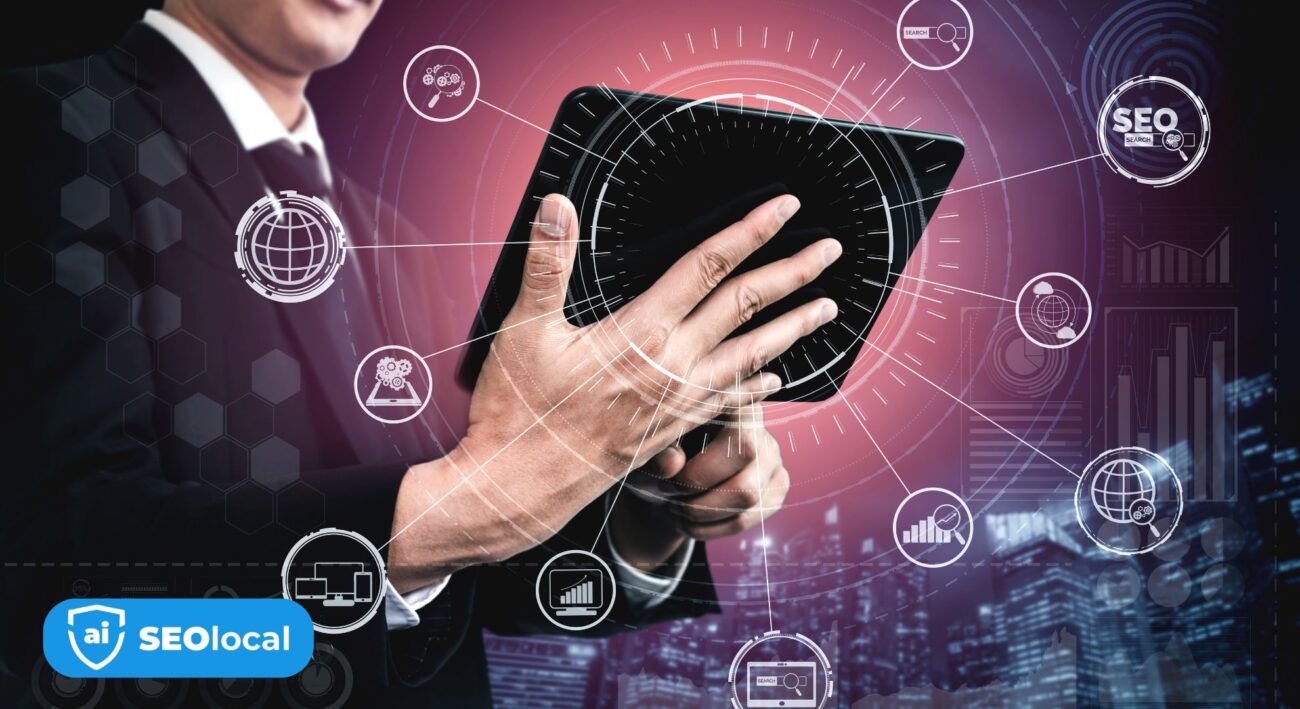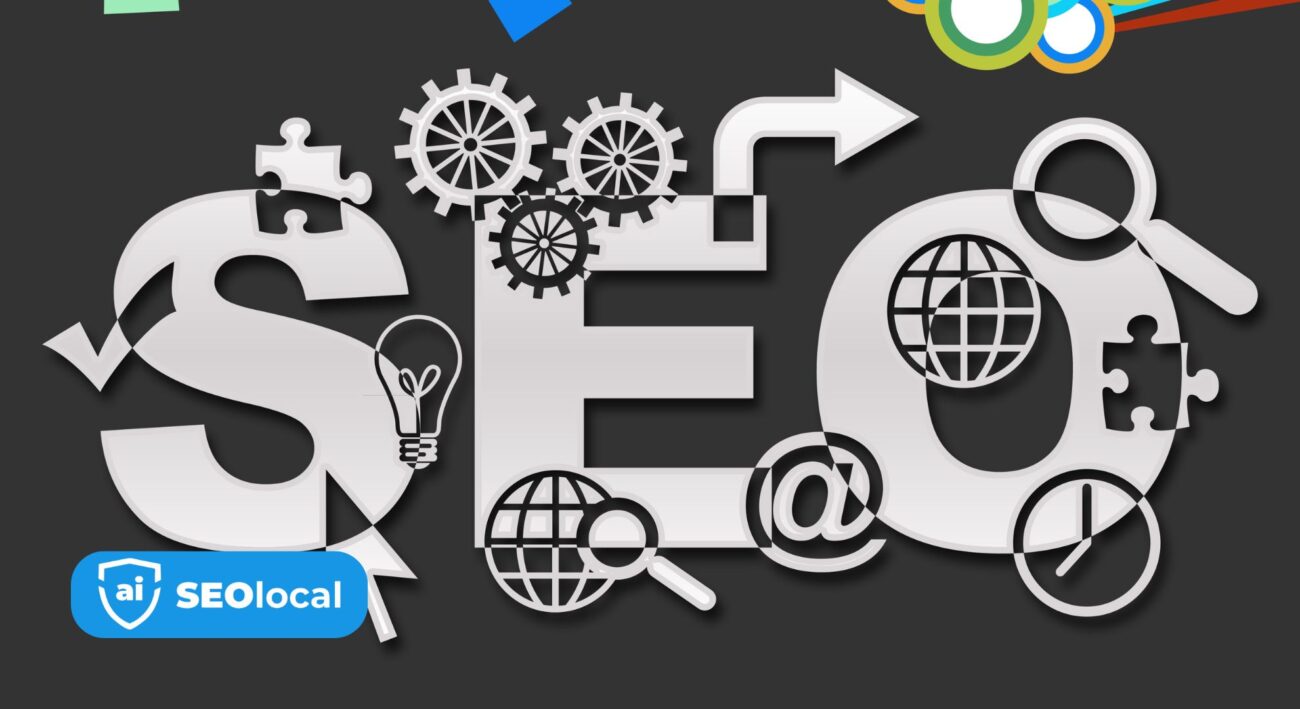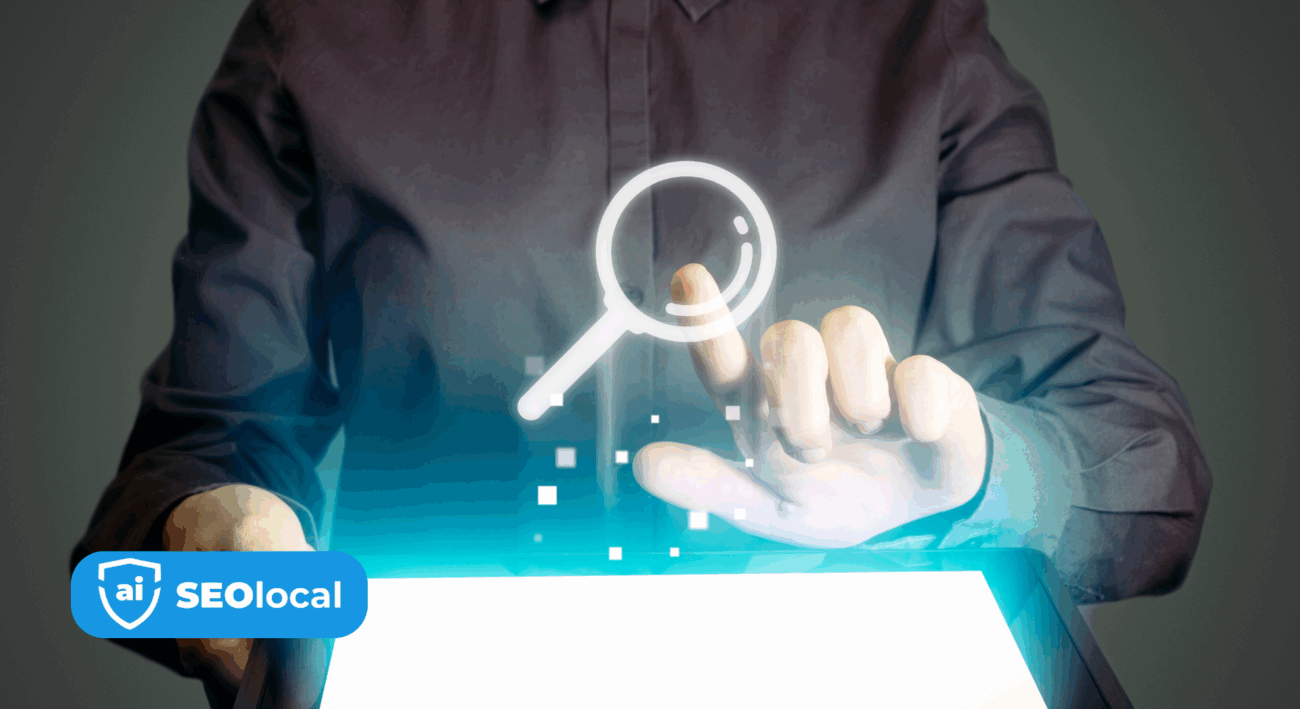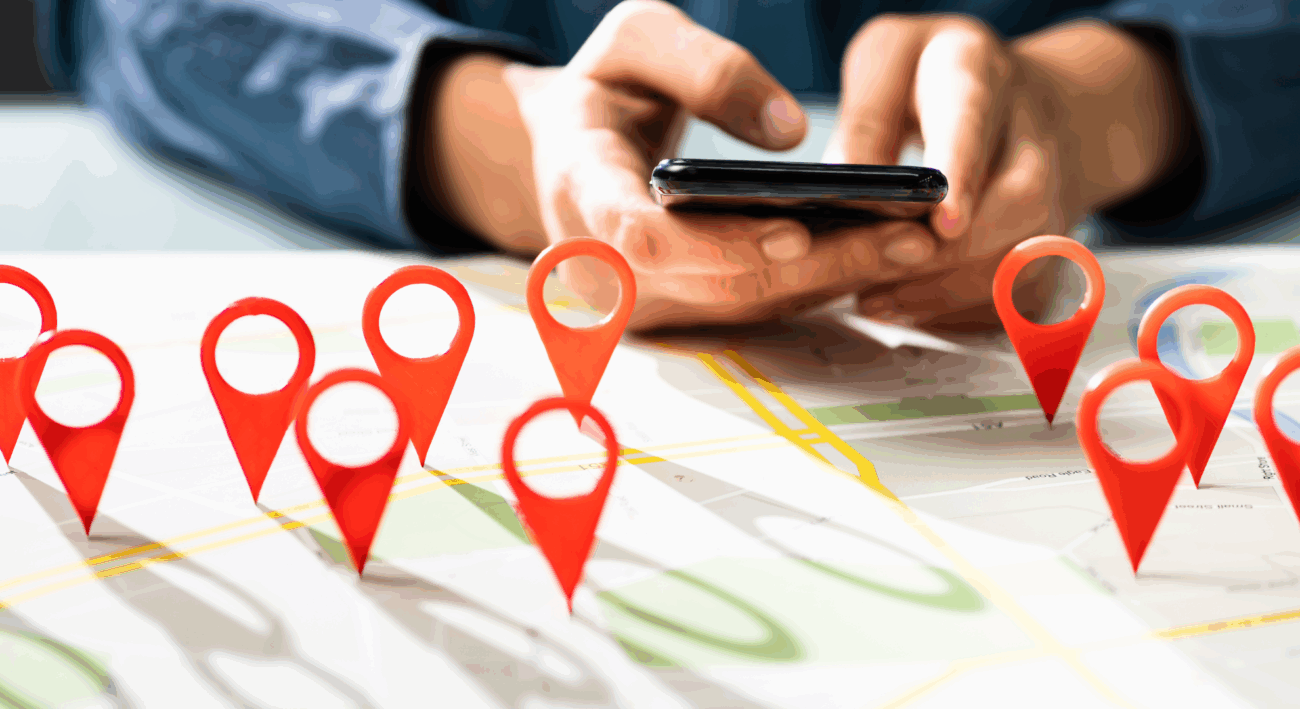- Advanced Local SEO Strategies
- Fundamentals of Local SEO
- Google Business Profile (GBP) Optimization
- Local Keywords and Content Strategy
- Local Link Building
- Local Paid Advertising
- Local Search Ranking Factors
- Local SEO Best Practices
- Local SEO Tools and Analytics
- Local Social Media Marketing
- Online Reviews and Reputation Management
- Technical SEO for Local Businesses
Local SEO vs PPC: Which Strategy is Better for You?

Did you know businesses using organic search strategies see 3x more website visits than those relying solely on paid ads? This startling contrast highlights a critical choice for modern brands. Two powerful approaches dominate digital visibility efforts, each with distinct advantages and trade-offs.
Organic growth methods build lasting authority through content optimization andtechnical improvements. These efforts compound over time, creating sustainable traffic streams. Paid campaigns deliver instant clicks through targeted advertisements, ideal for time-sensitive promotions.
Understanding these approaches requires examining their mechanics. One thrives on gradual, algorithm-friendly improvements. The other leverages precise audience targeting with measurable daily budgets. Both aim to connect businesses with customers at critical decision-making moments.
Key Takeaways
- Organic methods deliver lasting results but require patience
- Paid ads provide immediate visibility with predictable costs
- Combining both approaches maximizes short-term and long-term gains
- Budget allocation depends on your business timeline and goals
- Customer journey stages determine which tactic works best
The right balance depends on your resources and objectives. This guide breaks down how each method operates within modern search ecosystems. You’ll learn to craft a tailored approach that aligns with your growth targets and operational capacity.
Introduction to Local SEO and PPC
Digital marketing success often starts with understanding two core strategies. One builds lasting visibility through gradual improvements, while the other accelerates exposure through targeted spending. Let’s break down how these methods operate in today’s competitive online environment.

Defining SEO and PPC in the Digital Landscape
Search engine optimization (SEO) enhances your website’s position in unpaid listings. It focuses on technical tweaks, content quality, and user experience signals. Pay-per-click (PPC) advertising lets you bid for top ad placements, paying only when users engage.
| Strategy | Time to Results | Cost Structure | Key Focus Areas |
|---|---|---|---|
| SEO | 3-12 months | Ongoing maintenance | Content, technical health, backlinks |
| PPC | Immediate | Daily budgets | Bid strategies, ad relevance |
Overview of Search Engine Results and Digital Marketing
Modern results pages blend ads, featured snippets, and organic listings. Over 90% of marketers report SEO effectiveness, while 80% use PPC for quick wins. Search engines crawl websites, index content, then rank pages based on relevance.
Your potential customers encounter multiple touchpoints during searches. Optimized pages attract sustained traffic, while ads capture urgent buyers. Combining both approaches covers different stages of the buyer’s journey.
Benefits and Challenges of SEO
While organic search strategies can transform your online presence, they demand strategic patience. Balancing immediate efforts with gradual rewards creates unique opportunities for businesses willing to invest in sustainable growth.
Advantages of Building Organic Traffic
Top-ranking pages generate 10x more clicks than lower positions, with first-place results capturing 27.6% of user attention. High-quality content that solves problems continues attracting visitors years after publication, creating compounding returns. Brands with strong organic visibility often see higher trust levels, as 60% of users prefer non-paid search results.
B2B companies report 702% ROI from sustained optimization efforts. Unlike paid ads, you won’t lose traffic when stopping payments – well-structured sites keep earning clicks indefinitely.
SEO Challenges and the Need for Patience
Expect 3-6 months before seeing meaningful improvements, especially in competitive industries. Search algorithms update constantly, requiring regular content refreshes and technical adjustments. You’ll compete against rivals who are also refining their strategies daily.
No guarantees exist in this field – unexpected ranking drops can occur despite best practices. However, consistent investment in keyword research and site health builds durable authority that withstands market shifts.
Benefits and Challenges of PPC
Businesses needing fast results often turn to pay-per-click advertising. This approach offers instant access to prime search real estate, but requires careful planning to avoid pitfalls. Let’s examine how this method balances speed with sustainability.
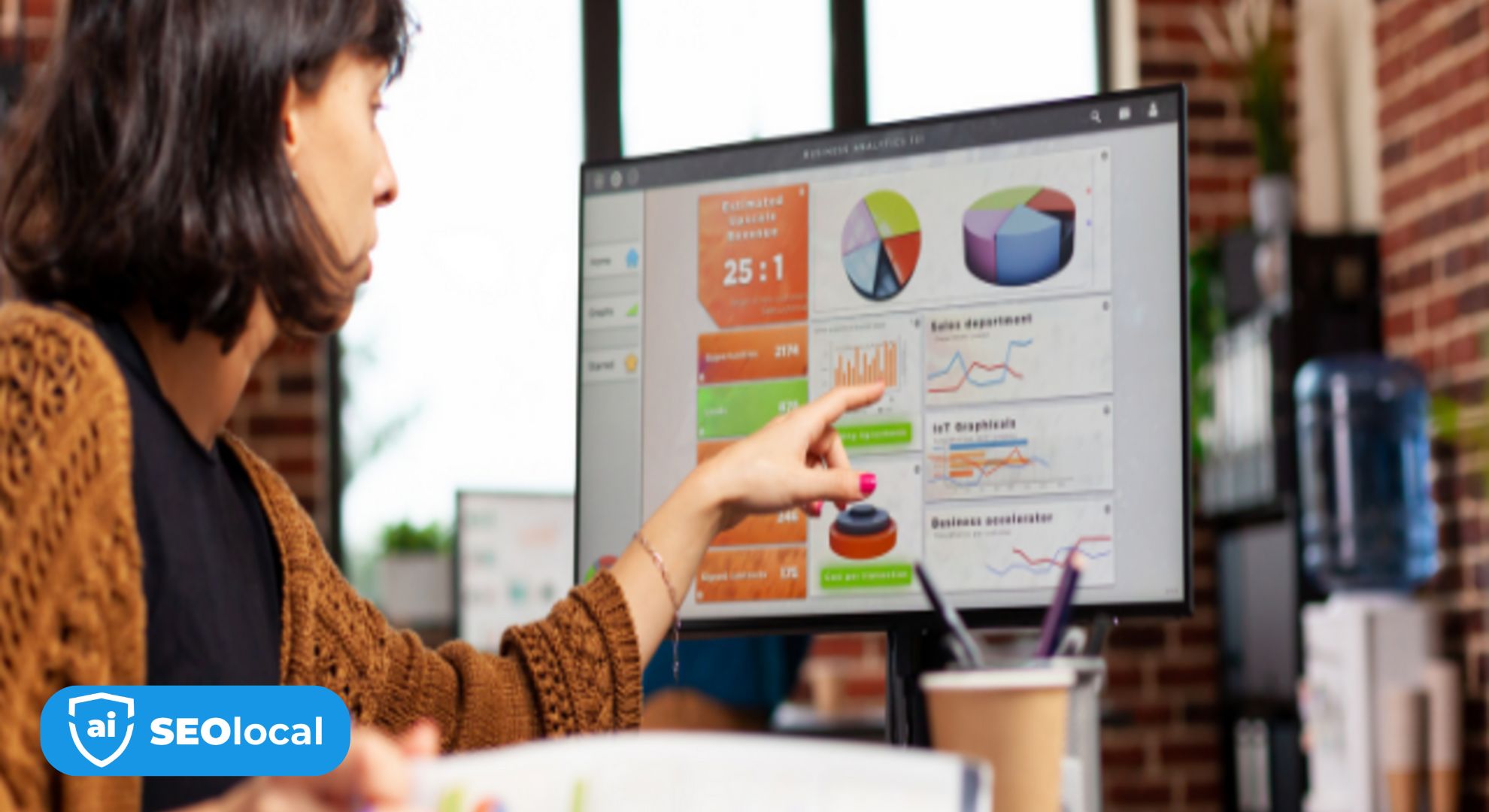
Immediate Visibility and Targeted Strategies
Your ads can appear above organic results within hours of launching a campaign. This rapid exposure works well for promoting seasonal offers or new product launches. Advanced targeting lets you focus on specific demographics, interests, or locations – connecting with ready-to-buy customers.
Real-time dashboards show exactly where every dollar gets spent. You’ll see which keywords drive conversions, helping refine bids daily. Agencies often achieve 5% click-through rates by optimizing ad copy and landing pages together.
Limitations and Cost Considerations with PPC
Traffic vanishes once budgets deactivate, unlike organic methods. While average returns hit $2 per $1 spent, competition inflates bidding costs over time. Click fraud and irrelevant bot clicks further strain budgets without proper monitoring.
Users increasingly scroll past paid listings – 72% prioritize organic results. Campaigns also demand constant adjustments as rivals flood keyword spaces. Without expertise, managing cross-platform strategies becomes overwhelming.
Local SEO vs PPC Which is Better
Did you know combining top ad placements with organic rankings captures 49% of all search clicks? This statistic reveals why businesses shouldn’t view these methods as competitors. Your ideal approach depends on specific objectives, timelines, and industry dynamics.
Evaluating Effectiveness Based on Business Goals
Start by asking: Do you need immediate leads or lasting authority? Paid ads convert 35% faster but require ongoing funding. Organic efforts take 6-12 months to mature but deliver compounding returns. Established companies often prioritize sustainable growth, while startups use ads to gain quick traction.
| Factor | Paid Ads | Organic Growth |
|---|---|---|
| Time to Impact | 24-48 hours | 6+ months |
| Conversion Rate | 3.75% average | 2.5% average |
| Traffic Sustainability | Stops with budget | Grows over time |
Real-World Use Cases and Performance Metrics
E-commerce brands running flash sales achieve 8x ROI through targeted ads. Meanwhile, service businesses using content marketing see 10x more website visits than social media efforts. Analyze your industry’s search competition – crowded markets often demand blended strategies.
Allocate budgets wisely. Small businesses spend 7x more on ads initially but gradually shift to organic methods. Track metrics like cost-per-acquisition for paid efforts and domain authority for sustainable growth. The best results come from using both tactics strategically.
When SEO is the Right Strategy for Your Business
For businesses aiming to cement their market position, certain strategies yield better long-term results. Organic growth tactics prove invaluable when establishing credibility and sustainable visibility. Let’s explore scenarios where this approach becomes your most powerful tool.
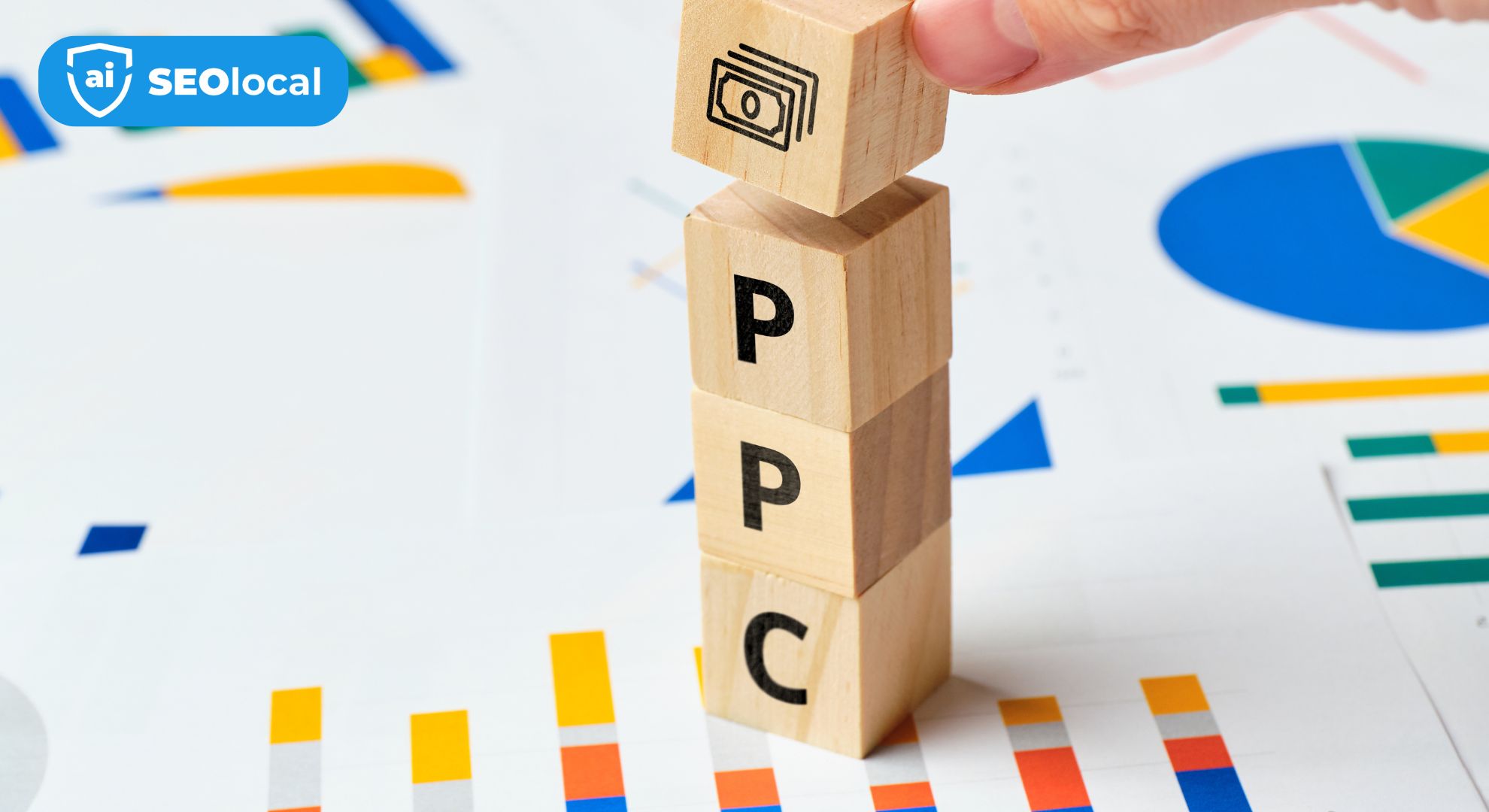
Long-Term Value and Authority Building
Consider focusing on organic growth if your operations match these conditions:
- Competing with industry leaders through niche topics they ignore
- Demonstrating expertise through in-depth guides and case studies
- Producing educational resources addressing customer pain points
- Targeting geographic areas with location-optimized pages
Businesses targeting specific regions gain 67 monthly mobile map impressions on average. Over 20% of consumers search daily for nearby solutions. Optimized profiles and region-specific content help capture these opportunities.
Content-heavy models thrive with this approach. Search algorithms reward websites publishing fresh, relevant material. Consistent updates build domain authority, making your brand the go-to resource in your field.
While requiring initial effort, these methods deliver compounding returns. Well-structured pages continue attracting visitors years after publication. This creates lasting visibility without recurring ad spend.
When PPC is the Right Answer
Need immediate results? Paid advertising shines in scenarios requiring rapid audience engagement. Unlike gradual organic methods, this approach delivers measurable outcomes from day one.
Accelerating Results for Urgent Needs
New businesses often struggle with website authority. Paid campaigns bypass this hurdle by placing your offerings directly in search results. Time-bound promotions like holiday sales thrive here – ads activate instantly and stop when goals meet.
High-margin products benefit most from this model. You maintain profitability despite competitive bidding costs. Test multiple headlines and landing pages simultaneously to identify top performers quickly.
Smart Budget Allocation and Performance Tracking
Adjust spending daily based on conversion data. Focus funds on high-intent keywords showing actual purchases rather than just clicks. Many platforms offer automated bidding to maximize returns during peak hours.
| Scenario | PPC Advantage | Key Metric |
|---|---|---|
| New Product Launch | Impressions within hours | Click-through rate |
| Market Validation | Audience testing | Conversion cost |
| Seasonal Promotions | Calendar-based control | Return on ad spend |
Campaigns in crowded markets often outperform organic efforts. Established competitors dominate search rankings, making paid placements essential for visibility. Use demographic filters to reach precise customer segments traditional methods miss.
Integrating SEO and PPC for Maximum Impact
Blending search marketing tactics creates a multiplier effect that outperforms standalone efforts. When coordinated properly, these methods amplify each other’s strengths while compensating for weaknesses.
Complementary Strategies for Enhanced SERP Coverage
Dominating search results pages becomes achievable when combining paid and organic placements. Appearing in both ad slots and natural listings pushes competitors below the fold, increasing your brand’s share of attention. Campaigns reveal which keywords convert best, allowing you to prioritize content creation around high-value terms.
Test different messaging approaches through ads before scaling successful variants into meta descriptions. This cross-pollination saves months of guesswork in crafting compelling titles. Retarget visitors who found you through unpaid searches but didn’t convert, creating multiple touchpoints.
Leveraging Data Insights for Unified Marketing Efforts
Paid campaigns act as real-time laboratories for your evergreen strategy. Immediate conversion data identifies gaps in content quality or user experience. Shift budgets toward time-sensitive promotions while letting optimized pages handle consistent traffic generation.
| Integrated Tactic | SEO Benefit | PPC Advantage |
|---|---|---|
| Keyword Research | Long-tail content targets | High-intent bid optimization |
| Audience Insights | Improved topic relevance | Precise demographic targeting |
| Performance Data | Content gap analysis | ROAS tracking |
Unified campaigns reinforce brand authority across channels. Customers encountering consistent messaging through ads and articles develop stronger trust. This synergy reduces acquisition costs while boosting lifetime customer value.
Contact Information from SEO Local
Expert guidance can make all the difference when navigating digital visibility strategies. The team at SEO Local specializes in creating tailored solutions that align with your unique objectives and operational needs.
Custom Support for Your Growth Journey
Their professionals offer multiple pathways to address your questions:
- Phone consultations at 858-201-7994 for real-time strategy discussions
- Email support via que@seolocal.it.com for detailed campaign analysis
- Comprehensive audits of your website’s technical health and content gaps
- Competitor benchmarking reports with actionable improvement steps
Seasoned specialists help balance immediate needs with long-term goals. They analyze your current marketing efforts to identify high-impact opportunities. Whether optimizing existing campaigns or launching new initiatives, their approach focuses on measurable outcomes.
Schedule sessions to review industry-specific challenges and budget considerations. Their dual expertise in technical optimization and paid advertising ensures cohesive strategies. You’ll gain clarity on blending methods effectively while maximizing resource allocation.
Conclusion
Your digital strategy shouldn’t feel like an either-or decision. The most effective approaches combine immediate visibility with lasting authority. Paid campaigns create quick entry points, while organic growth establishes trust that fuels conversions months later.
Metrics show businesses using both methods achieve 37% higher customer retention. Allocate resources based on your current needs – ads for urgent promotions, content optimization for steady growth. Track performance quarterly to adjust this balance as goals evolve.
Success lies in strategic alignment, not choosing sides. Start with clear objectives, then layer tactics that support them. This dynamic combination ensures you capture attention today while building recognition that pays dividends tomorrow.
FAQ
How do organic strategies compare to paid ads for visibility?
Organic strategies focus on improving your site’s rankings naturally over time, while paid ads deliver instant placement at the top of search results. The former builds lasting authority, while the latter offers immediate exposure for specific campaigns.
Which approach is more cost-effective for small businesses?
It depends on your goals. Paid ads require ongoing budgets but can drive quick conversions. Organic efforts demand upfront work but reduce long-term costs. Many businesses blend both to balance short-term gains with sustainable growth.
How long does it take to see results from each method?
Paid campaigns can generate traffic within hours. Organic improvements, like optimizing content or earning backlinks, often take 3–6 months to impact rankings. Patience is key for lasting organic success.
Can these strategies work together effectively?
Absolutely. Combining paid ads with organic optimization boosts visibility across search engine results pages. Data from paid campaigns can refine keyword targeting for organic content, creating a unified marketing strategy.
What metrics determine success in these campaigns?
Paid ads prioritize click-through rates, conversion rates, and cost per acquisition. Organic efforts track rankings, organic traffic growth, and engagement metrics like bounce rate or time on site.
How do budgets influence the choice between these tactics?
Paid ads require consistent funding to maintain visibility. If budgets are limited, investing in organic strategies like content creation or technical optimizations may offer better long-term returns without recurring costs.
Which tactic better supports brand awareness?
Organic search builds credibility through high-quality content and steady rankings. Paid ads amplify reach quickly, especially for new products or promotions. Together, they reinforce brand presence across multiple channels.



